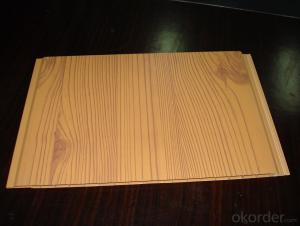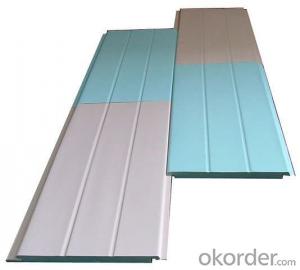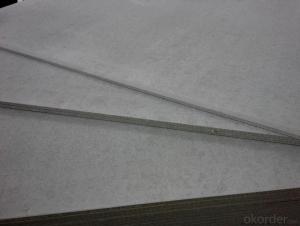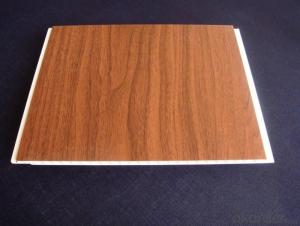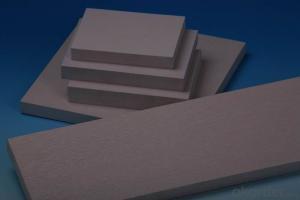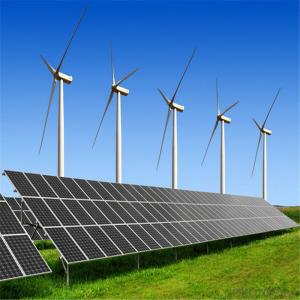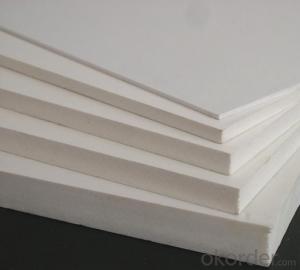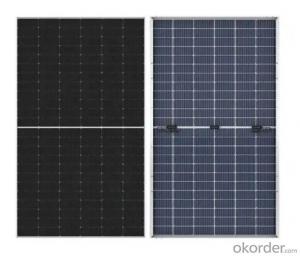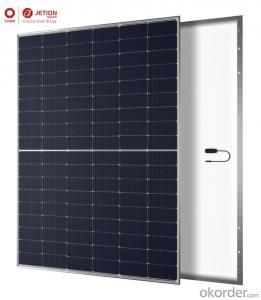Solar Panel Inverter Emf
Solar Panel Inverter Emf Related Searches
Shiny Or Dull Side Of Aluminum Foil For Cooking Inverter For 100w Solar Panel Solar Panel Inverter For Rv Pvc Tiles For Walls Wall Lights For Bedrooms Inverter Ac With Solar Panel Solar Panel With Inverter Kit Solar Panel Kits With Inverter Solar Panel With Inverter Direct Roving For PultrusionHot Searches
Used Sandwich Panel For Sale Pvc Chairs For Sale Tilt Panel Props For Sale Lightweight Scaffolding For Sale pvc pipe manufacturers in usa Sandwich Panel Price In India China Solar Panel Inverter Solar Inverter Panel Price China Pvc Geomembrane Sandwich Panel Manufacturers In Bangladesh Pvc Roofing Sheets Price India Pvc Roofing Sheets Price pvc resin price index Solar Panel Inverter Size Solar Panel Inverter Suppliers Q Cells Solar Panel Prices Tesla Solar Panel Inverter Honeycomb Sandwich Panel Suppliers Type Of Inverter For Solar Price Of Shipping Containers For SaleSolar Panel Inverter Emf Supplier & Manufacturer from China
Okorder.com is a professional Solar Panel Inverter Emf supplier & manufacturer, offers integrated one-stop services including real-time quoting and online cargo tracking. We are funded by CNBM Group, a Fortune 500 enterprise and the largest Solar Panel Inverter Emf firm in China.Hot Products
FAQ
- nan
- A solar panel is a device that collects and converts solar energy into electricity or heat which can be used by (for example) nearby buildings. Solar photovoltaic panels can be made so that the sun's energy excites the atoms in a silicon layer between two protector panels. Electrons from these excited atoms form an electric current, which can be used by external devices. Solar panels were in use over one hundred years ago for water heating in homes. Solar panels can also be made with a specially shaped mirror that concentrates light onto a tube of oil. The oil then heats up, and travels through a vat of water, instantly boiling it. The steam created turns a turbine for power. The basic element of solar panels is pure silicon. When stripped of impurities, silicon makes an ideal neutral platform for transmission of electrons. In silicon’s natural state, it carries four electrons, but has room for eight. Therefore silicon has room for four more electrons. If a silicon atom comes in contact with another silicon atom, each receives the other atom's four electrons. Eight electrons satisfy the atoms' needs, this creates a strong bond, but there is no positive or negative charge. Silicon atoms combine for years to produce a large piece of pure silicon. This material is used on the plates of solar panels. Combining silicon with other elements that have a positive or negative charge can also create solar panels.
- I would like to connect a solar panel to a small fan. I am not sure as to what is needed to actually quot;connectthe two together. Any help is appreciated.
- Solar panel hooked to a battery or two then to a small inverter then to your 20 volt fan ....... Or .... Solar panel to 2 volt battery wired to a 2 volt fan. I use both
- Yes, solar panels can be installed on community centers or libraries. In fact, community centers and libraries are often ideal locations for solar panel installation due to their large roof spaces and potential for generating significant amounts of clean energy. Additionally, solar panels on these public buildings can serve as a visible example of renewable energy adoption and can help reduce electricity costs while promoting sustainability within the community.
- Yes, solar panels can be used to power a train. Solar panels convert sunlight into electricity, which can then be used to power various applications including trains. Solar-powered trains have been successfully implemented in some parts of the world, showcasing the feasibility and environmental benefits of this renewable energy source.
- Yes, solar panels can be installed on a remote island or location. Solar panels require sunlight to generate electricity, so as long as there is adequate sunlight in the area, they can be installed. Remote islands or locations often benefit from solar panel installations as they provide a clean and renewable source of energy without the need for extensive infrastructure or reliance on fossil fuels.
- Yes, solar panels can be installed on billboards. In fact, it is becoming increasingly common to see billboards equipped with solar panels to harness solar energy and power their lighting systems. This not only reduces the environmental impact of billboard advertising but also helps in promoting renewable energy usage.
- The average size of a solar panel is typically around 65 inches by 39 inches, or about 5.4 feet by 3.25 feet. However, the size can vary depending on the manufacturer and the specific model of the solar panel.
- Yes, solar panels can be installed on boats or yachts. In fact, they are becoming increasingly popular as a source of renewable energy for marine vessels. Solar panels can provide power for various onboard systems, such as lighting, electronics, and refrigeration, reducing the reliance on generators or shore power. Additionally, solar panels are lightweight, durable, and can be easily installed on the deck or roof of a boat or yacht, making them a practical and efficient choice for harnessing clean energy at sea.
